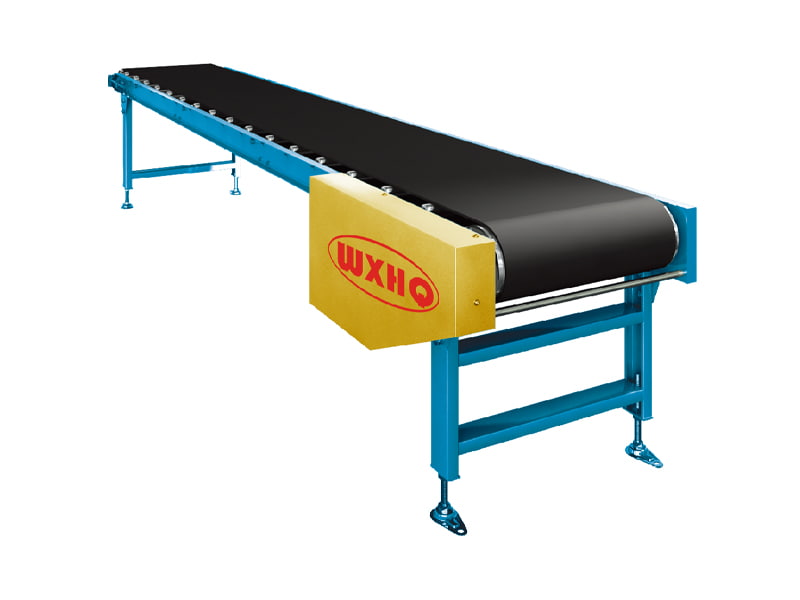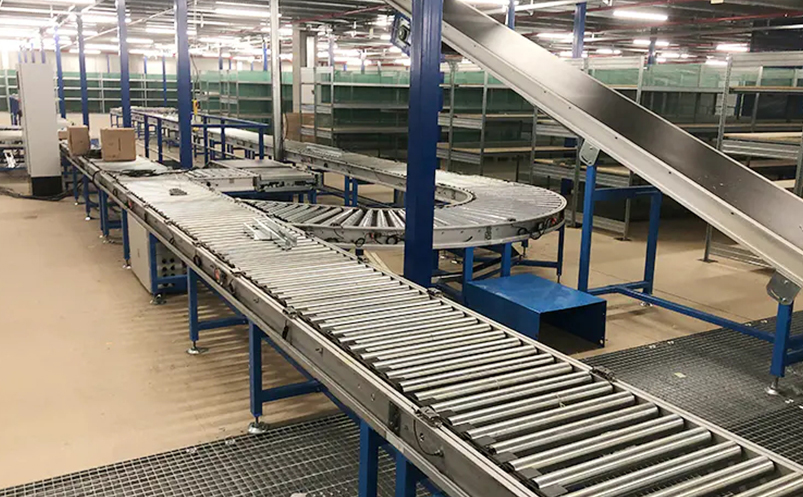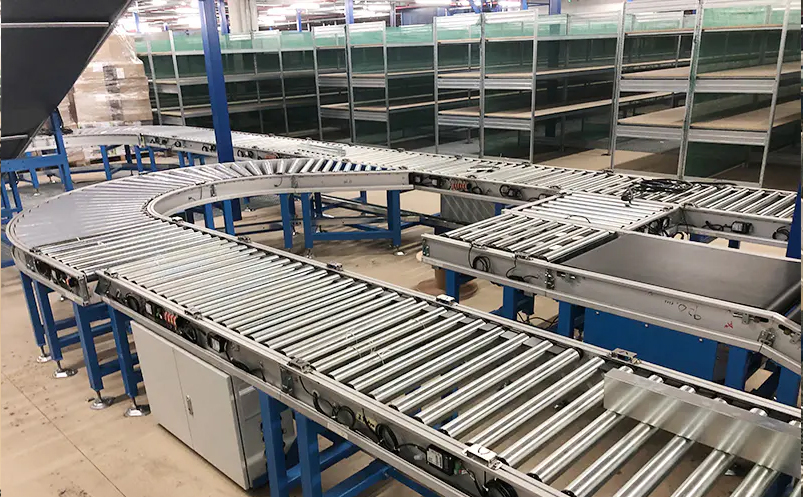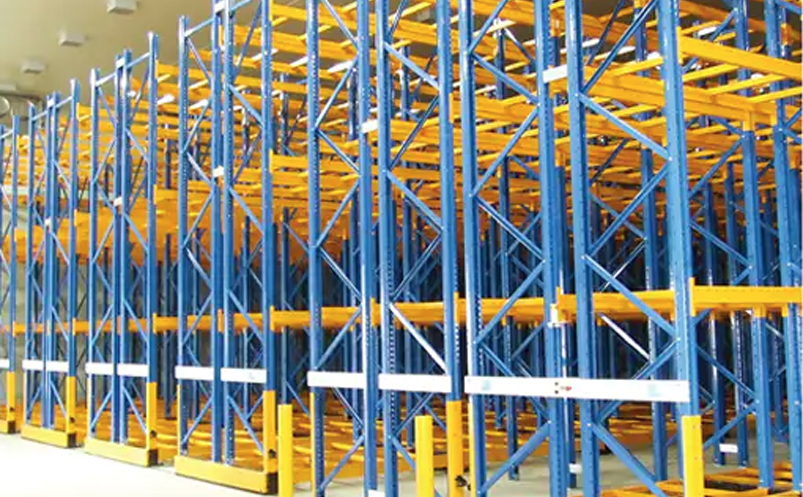The belt conveyor, also known as the belt - type conveyor, is a widely used friction - drive continuous material transport machinery. It has the advantages of long - distance transport, large volume, continuous conveyor, and reliable operation. It plays a crucial role in various industries such as mining, metallurgy, coal, transportation, and building materials.
Working Principle
The belt conveyor consists of two endpoints drum and a tight - closed belt. The rotate drum that drives the conveyor belt is called the drive roller, and the other drum that only changes the movement direction of the conveyor belt is called the bend pulley.
The drive roller is driven by a speed - reducer motor and drags the conveyor belt through the frictional force between the driving roller and the conveyor belt. The drive rollers are generally mounted at the discharge end to increase traction.
Materials are fed from the feed end, fall on the rotating conveyor belt, and are conveyed and discharged through the friction force of the belt conveyor.
Components
Head Pulley: Connected to an actuator and electric motor, it generates the pulling force to operate the conveyor. It is located at the discharge point, and its outer surface is usually covered with a rough layer to improve grip.
Tail Pulley: Found at the loading end of the belt conveyor, it often has a wing design to direct unwanted material away from the support structures. In basic setups, it is placed on adjustable guides for tension adjustment.
Idler Roller: Positioned along the belt's length, it supports the belt and its load, prevents sagging, ensures proper alignment, and clears carryback. There are various types of idler rollers, such as troughing idlers, rubber disk idlers, screw idler rollers, and trainer idlers.
Conveyor Belt: It is often the most sophisticated component of the system. Its strength and tension are crucial as it withstands the stress of loading and moving materials. The belt is made of materials like steel cords, textile plies, rubber, or PVC, depending on the application.
Conveyor Frame: It must accommodate load factors, operating height, and conveyance distance. It can vary from simple cantilever setups to complex trusses for heavy loads.
Features and Benefits
Economical and Versatile: It has a simple yet versatile design and is an economical conveyor for moving products over long distances, at high speeds, or for incline or decline applications. It can handle light to moderate - weight items, items of varied shape, bagged items, or fragile products.
Stable Conveyance: It provides stable conveyance on a flat conveyor belt and can be set up for long distances. It supports flat, incline, and decline applications, offering ergonomic material transport and reducing labor, lifting, and walking.

Types
TD75 Fixed Belt Conveyor: Widely used in various industries for its large conveying capacity, simple structure, easy maintenance, low cost, and strong versatility. It can be arranged horizontally or inclined according to process requirements.
DT II, DT II (A) Type Fixed Belt Conveyor: A universal series of products with unified design in China. Its main parameters and performance meet ISO international standards and are widely used in multiple industries. It can transport various bulk materials and pieces of materials.
DSJ Series Extendable Belt Conveyor: Mainly used for transportation in the down - channel of the comprehensive mining, high - grade general mining, or mechanized working face in coal mines. It can also be used for transportation in roadways or digging transportation.
Round Tube Belt Conveyor: It rolls the belt into a round tube and transports materials in a completely enclosed environment. It has the advantages of reducing material spillage and environmental pollution.
Applications
Mining Industry: It is used to transport coal, ores, and other minerals from the mining site to the processing plant or storage area.
Metallurgical Industry: It conveys raw materials such as iron ore, coke, and limestone in steel plants and helps in the transportation of finished products.
Food Processing Industry: It is employed to transport food products such as fruits, vegetables, and packaged goods on the production line. The belts used in this industry are usually made of food - grade materials to ensure hygiene.
Logistics and Warehousing: It is used to move packages, pallets, and goods in warehouses and distribution centers, facilitating the sorting and loading - unloading processes.
Conclusion
The belt conveyor is an essential equipment in modern industrial production and material handling. Its continuous development and improvement have promoted the efficiency and automation of various industries. With the advancement of technology, belt conveyors will continue to be optimized in terms of design, materials, and control systems to meet the increasingly demanding requirements of different industries.







